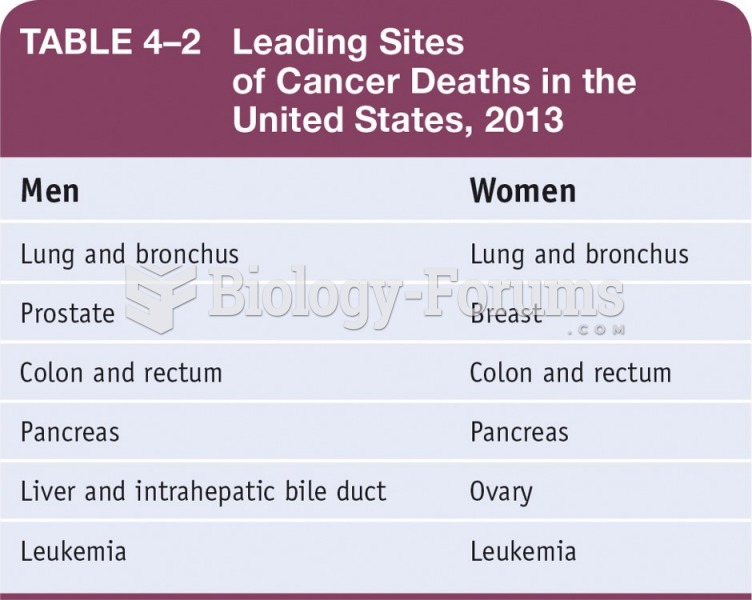Answer to Question 1
Correct Answer: 4
Rationale 1: Rehabilitation is a process of restoring ill or injured people to optimum and functional levels of wellness, emphasizing the importance of assisting clients to function adequately in the physical, mental, social, economic, and vocational areas of their lives. That is not the service this client requires.
Rationale 2: Health restoration is service that helps bring ill or injured clients back to their former state of health. That is not the service this client requires.
Rationale 3: Acute care is the typical service provided in a hospital. That is not the service this client requires.
Rationale 4: Palliative care is service that provides comfort and treatment of symptoms. This type of care is for clients who cannot be returned to health. It may be conducted in many settings, including the home.
Answer to Question 2
Correct Answer: 2
Rationale 1: State health organizations are responsible for assisting the local health departments. This is not the agency to provide the assistance the nurses are looking for.
Rationale 2: The local health department has the responsibility for developing programs to meet the health needs of the people, providing the necessary staff and facilities to carry out those programs, evaluating their effectiveness, and monitoring changing needs.
Rationale 3: Local hospitals provide the majority of acute care services in a community. This is not the agency to provide the assistance the nurses are looking for.
Rationale 4: The U.S. Department of Health and Human Services is an agency at the federal level whose functions include conducting research and providing training in the health field, providing assistance to communities in planning and developing health facilities, and assisting states and local communities through financing and provision of trained personnel. This is not the agency to provide the assistance the nurses are looking for.







